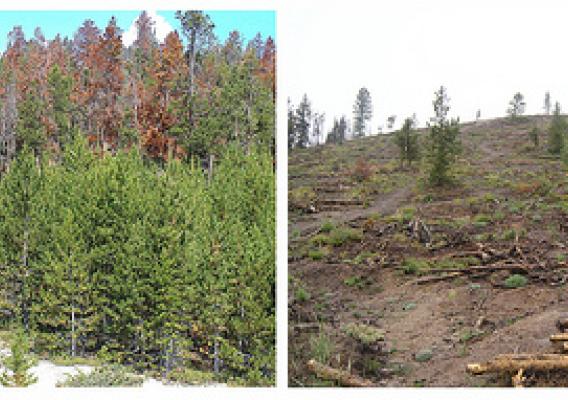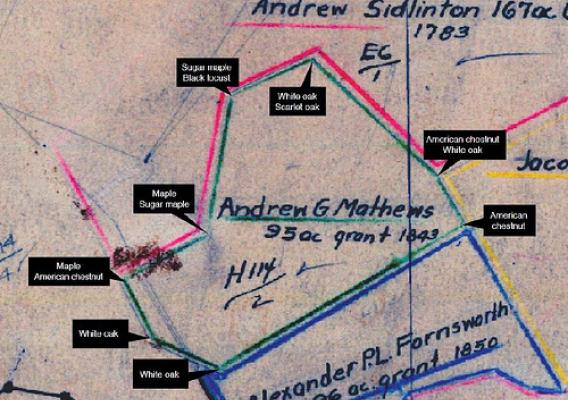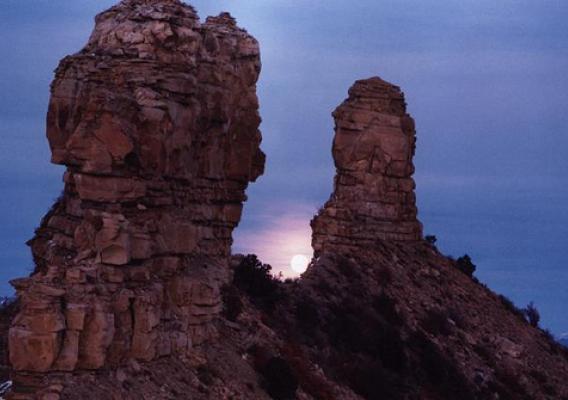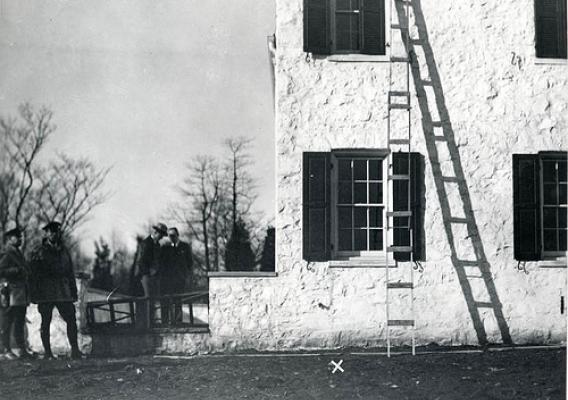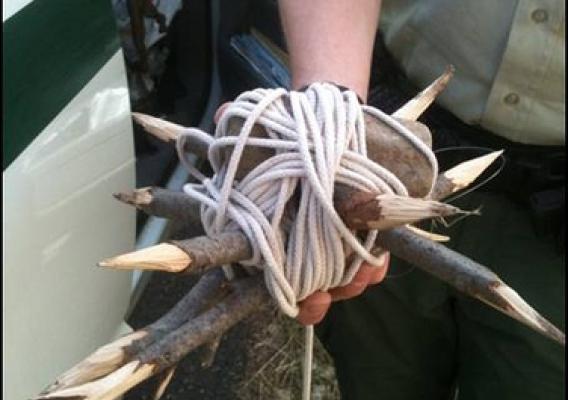In the wake of the 2012 summer fires, Colorado’s most precious natural resource, water, is a top priority for state, municipal, and federal agencies. Denver Water and the U.S. Forest Service are leaders in addressing water issues and growing concerns over watershed health. Just under two years ago, both partnered to combine approximately $33 million in funding to target specific areas for restoration and mitigation work to reduce potential fire impact in key watersheds that supply water to Front Range communities.
Two new projects of the Denver Water partnership are underway on the White River National Forest on the Dillon Ranger District near Breckenridge, Colo. These projects target “zones of concern” identified by the Blue River Watershed Assessment in collaboration with the Forest Service and Denver Water. Cary Green, the East Zone timber management assistant said, “The partnership is hugely beneficial to cost-sharing vegetative treatments in the Blue River Watershed. Together, we are able to improve forest health, forest vegetative diversity, and achieve substantial fuels reduction in and around high priority watersheds.”


